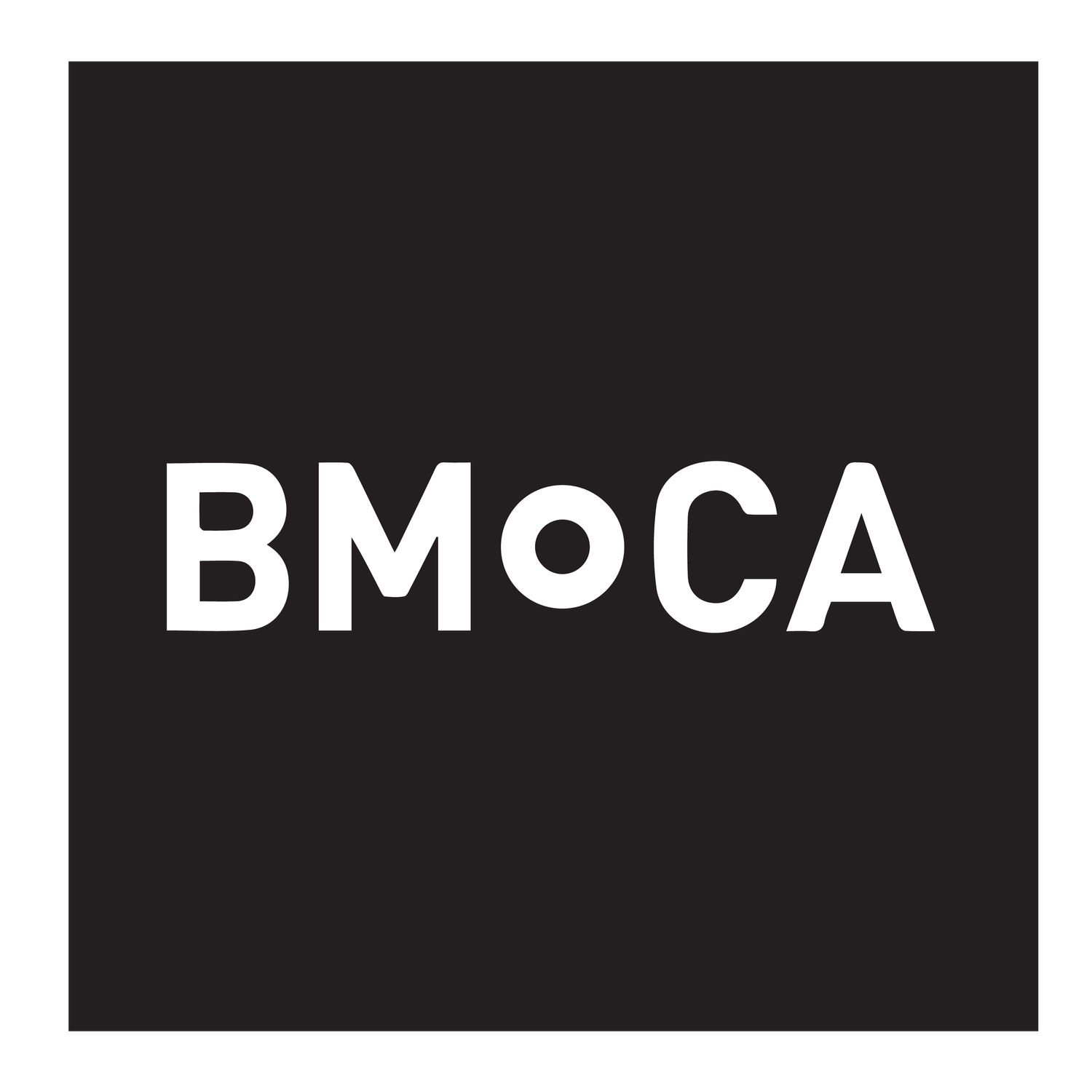Nicholas Hondrogen, Fractal Ellipse (detail), SpringTriptych #21, 78" x 300" oil, vegetable dye, and wax on canvas, 2003
Nicholas Hondrogen: Natural Selection
March 12 – May 16, 2004 @ BMoCA
In his Natural Selection exhibit, Nicholas Hondrogen seeks to directly challenge traditional notions of pictorial representation. At the outset, the artist demands that we question what we are trained to believe in visual conventions. Moreover, Hondrogen believes that Polish-born mathematician & scientist Mandelbrot’s equations inform him about the connections between microcosms and macrocosms, which do not neatly comply with visual conventions of perspective, form and volume.
In theoretical practice, Hondrogen conflates the ideas of pattern, chance, randomness, and causality into a complex amalgam of conceptual underpinnings for a statement through his work that is, at once, both formalist and sociological. There is an aspect of scientific reportage to his approach. It is also diacritical in that he has taken steps somewhat beyond factual depiction into a theoretically based flight of imaginative “what-ifs” and has represented the ideas in the forms of rhetorical schematics. His unsettling depictions contrast with conventional methodologies for artistic illustration of systems of mechanics, and serve as thought maps, addressing perception. The work, Hondrogen says, is the antithesis of the precept that seeing is believing. Mathematics and theory define the formal components of the work, such as a reference in some pieces to Brownian motion (a random movement of microscopic particles suspended in liquids or gases resulting from the impact of molecules of the fluid surrounding the particles), as it would apply to representing images from colloidal suspensions or coastlines.
In his career as an artist, Hondrogen has explored representation in photo media, produced serious bodies of work based on principles of Conceptualism, and followed through in the deconstruction of modes of representing perception. Now new visual precepts are at stake. In his series, Natural Selection (1999-2001), concepts investigated in the past are merged with new elements of chance, randomness, and causality, incorporating the use of the I Ching to select colors for a mapping line that follows the pattern produced by the accidental nature of stains. In some works, the topography of emotions, thought, intellect and the brain are represented with the branching iconography of neuro-imaging.
Were it not for the works’ forma; beauty and insistent dynamic forms, we might be apt to appreciate the artist’s discourse merely as a visual representation. Instead, Hondrogen demonstrates in the cryptic, map-like, bioform patterns of his work that it is the very moment of a perceptual incident itself that manifests the circumstances of experiential mapping patterns he is bringing to light.
— Guest curatorial support from Carla Selby/Tesseract
